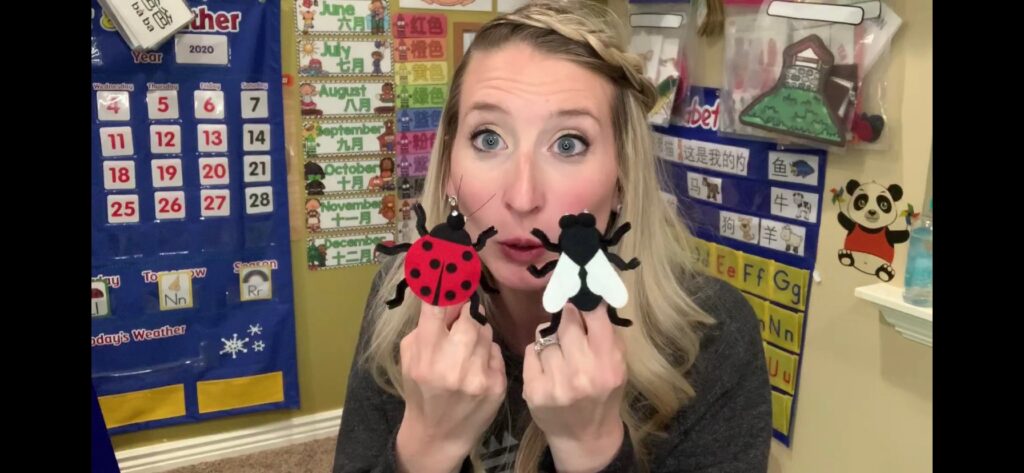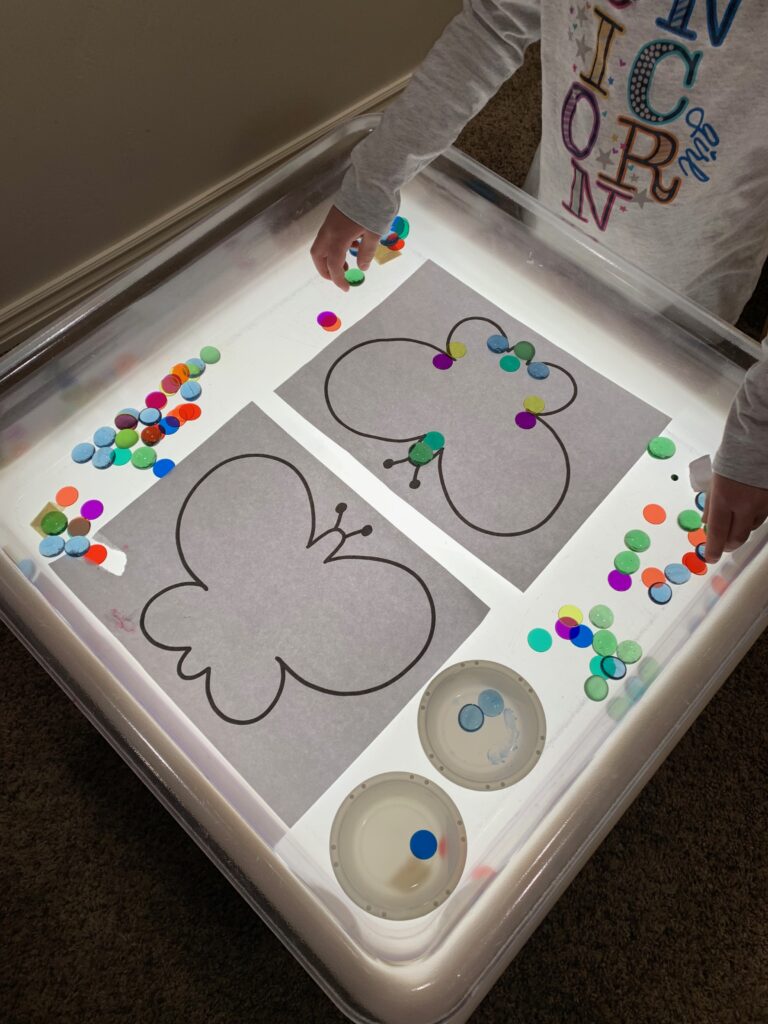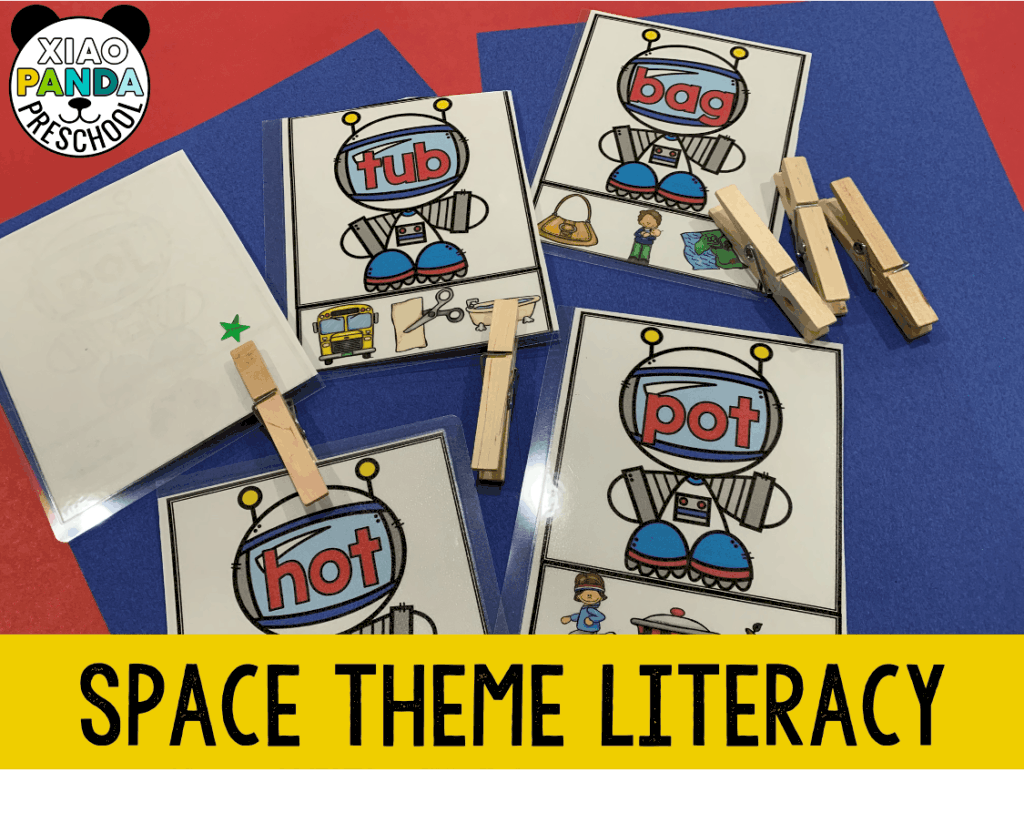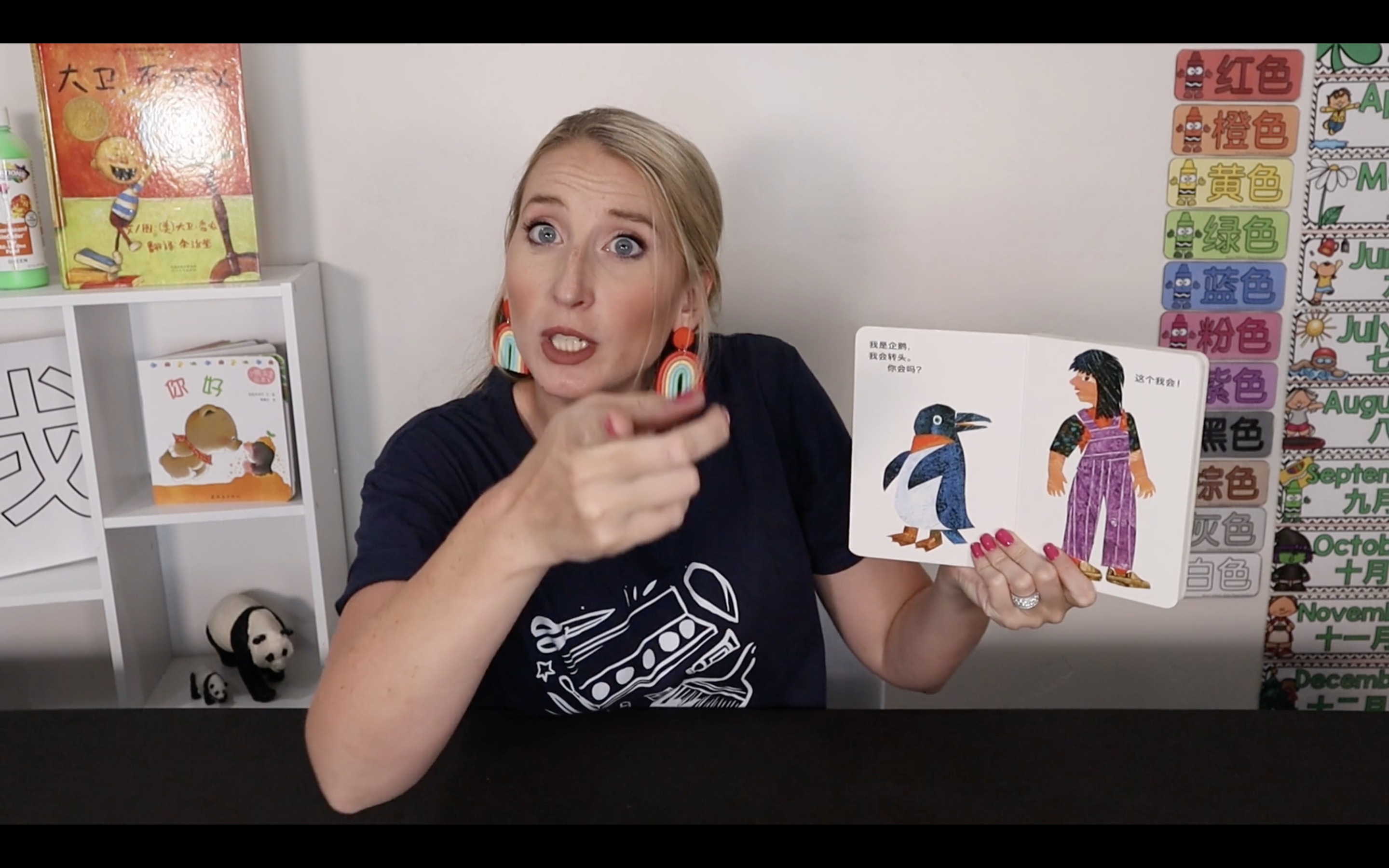Are you a preschool teacher looking to create engaging and educational lessons for your students? Look no further! This guide is the ultimate resource for creating effective and interactive preschool lessons. We’ll provide you with all the steps and parts you need to incorporate into your preschool lessons, as well as examples of each step. You’ll be equipped with the knowledge to develop innovative and inspiring lesson plans that your students will enjoy. So read on and get ready to create some amazing preschool lessons!
Disclaimer: this post contains affiliate links. I may receive a small commission if you use my links to purchase things.

Understanding the Importance of Lesson Planning for Preschoolers
As a preschool teacher, your job is to help young children learn and grow in a fun and engaging environment. While this may sound simple enough, there are many factors that go into creating a successful lesson plan for preschoolers.
One of the most important things to keep in mind when planning a lesson for preschoolers is the developmental stage of your students. Preschoolers have short attention spans and are still learning the basic skills they need to succeed in school. By planning lessons that are appropriate for their age and abilities, you can help your students build confidence and achieve academic success.
Another key reason to plan your preschool lessons in advance is to ensure that you are meeting state and federal guidelines for early childhood education. In most cases, preschool programs are required to cover a specific range of subjects and skills, such as literacy, math, and social-emotional development. By creating a lesson plan that addresses these areas, you can be sure that you are providing your students with a well-rounded education.
Finally, lesson planning is important for preschool teachers because it allows you to track student progress and adjust your teaching methods as needed. By taking notes on how your students respond to different activities and lessons, you can identify areas where they need additional support and make changes to your teaching strategies accordingly.
In short, effective lesson planning is a crucial part of being a successful preschool teacher. By taking the time to create engaging and age-appropriate lesson plans, you can help your students thrive and prepare them for a lifetime of learning.
Essential Components of a Preschool Lesson Plan
Lesson planning is a crucial aspect of teaching preschoolers. A well-designed lesson plan not only ensures that the teacher covers all necessary content but also helps create an engaging and stimulating learning environment. Here are some essential components to include in your preschool lesson plan:
- Objective: Start with a clear objective or goal that you want your students to achieve at the end of the lesson. The objective should be age-appropriate and should align with the curriculum standards. Here are Preschool I CAN posters with ideas and strategies for ALL subject areas!
- Materials: List all the materials and resources required for the lesson, such as books, toys, art supplies, manipulatives, etc. Ensure that the materials are developmentally appropriate and safe for the age group.
- Introduction: Begin your lesson with an attention-grabbing activity or question that connects with your students’ prior knowledge and experience. This will help create interest and engagement from the start.
- Body: Divide your lesson into several sections or activities that gradually build upon each other. Use a variety of teaching strategies such as read-aloud, hands-on activities, music, and movement to keep your students engaged and interested.
- Assessment: Check for understanding throughout the lesson by asking questions, observing students’ behavior, or conducting quick assessments. At the end of the lesson, provide an opportunity for students to reflect on their learning.
- Closure: Wrap up the lesson with a summary of what was learned and how it connects to the overall curriculum. Also, provide a transition to the next lesson, such as homework or preview of what’s to come.
Incorporating these essential components into your preschool lesson plan can help you create a comprehensive and effective lesson. It will also enable you to engage your students in meaningful learning and provide a strong foundation for their future academic success.

Step-by-Step Guide to Creating a Successful Preschool Lesson Plan
Creating a preschool lesson plan may seem like a daunting task, but it doesn’t have to be. With the right tools and guidelines, you can create engaging and effective lesson plans that will help your young learners thrive. Here is a step-by-step guide to creating a successful preschool lesson plan.
Step 1: Set Objectives
The first step to creating a successful preschool lesson plan is to determine your objectives. What do you want your students to learn from this lesson? What skills do you want them to acquire? Be specific about your objectives, and make sure they align with your curriculum and teaching goals. These I CAN posters and checklists will help you track student progress and show growth.
Step 2: Choose Activities
Next, you need to choose the activities you will use to achieve your objectives. Consider the age, interests, and learning style of your students when choosing activities. You may want to include a mix of hands-on activities, songs, stories, and games to keep your students engaged and excited about learning.
Step 3: Determine Assessment Methods
Assessment is an important part of the teaching and learning process. Determine the methods you will use to assess your students’ progress and understanding of the lesson. This could include observation, discussion, or hands-on activities.
Step 4: Organize Materials and Resources
Organize all the materials and resources you will need to deliver the lesson. This could include props, worksheets, books, or videos. Make sure you have everything you need ahead of time so that the lesson runs smoothly.
Step 5: Prepare Your Space
Preparing your space is also an important part of creating a successful preschool lesson plan. Ensure that your space is safe, clean, and inviting. Arrange your furniture and materials in a way that supports your objectives and activities.
Step 6: Deliver the Lesson
Finally, it’s time to deliver the lesson. Follow the plan you have created and be flexible to adjust as needed. Keep the lesson engaging and interactive to hold your students’ attention. Remember to use assessment methods to gauge your students’ progress and understanding of the lesson.
Creating a successful preschool lesson plan takes time and effort, but the end result is worth it. With these steps, you can create engaging and effective lesson plans that will help your students develop skills, knowledge, and a love of learning.
Examples of Engaging Preschool Lesson Plans
Now that you understand the importance of lesson planning and have a solid foundation of what components make up a preschool lesson plan, it’s time to take a look at some examples of engaging preschool lesson plans.
- Alphabet Soup: This lesson plan is perfect for teaching young children their ABC’s. The lesson can include a sing-along song, a storybook reading, and a hands-on activity where children get to make their own letter soup using noodles and foam letters.
- Nature Walk: This lesson plan is great for teaching young children about the environment and nature. Start the lesson with a nature-themed book, take the children outside for a nature walk, and end with a hands-on activity where they get to create their own nature-inspired artwork using natural materials they found on the walk.
- All About Me: This lesson plan is a great way to introduce the concept of individuality and differences to young children. Start with a group discussion about how each child is unique, then have the children create their own “All About Me” poster using pictures and words to represent their interests, family, and friends. I love to link this idea with a 5 senses theme for preschool.
- Community Helpers: This lesson plan is perfect for teaching young children about the different jobs in their community. The lesson can include a discussion about different community helpers, a reading of a community helper book, and a hands-on activity where children get to dress up as their favorite community helper. Here is a link to a post all about a Fire Fighter theme!
- Shapes and Colors: This lesson plan is ideal for teaching young children about different shapes and colors. Start with a song or rhyme about shapes and colors, then have children play games where they identify shapes and colors in the classroom, and end with a hands-on activity where they get to create their own shape and color collages using construction paper and glue.
Remember, the key to an engaging preschool lesson plan is to keep it interactive, hands-on, and age-appropriate. With a little bit of creativity and preparation, you can create a lesson plan that will keep young minds engaged and eager to learn.

Tips for Incorporating Fun and Interactive Activities into Preschool Lessons
As a preschool teacher, one of your primary goals should be to create engaging, interactive and fun lessons for your young learners. This will not only help them stay interested and attentive but will also ensure they have an enjoyable and positive learning experience. Here are some tips for incorporating fun and interactive activities into your preschool lessons:
- Use Visual Aids – Children love bright, colorful visuals that help them better understand concepts. Use posters, pictures, diagrams, and charts to enhance your lessons and make them more engaging.
- Play Games – Children love games, and incorporating games into your lessons can be a fun way to teach new concepts. You can create matching games, puzzles, scavenger hunts and other games that teach colors, shapes, numbers and more.
- Incorporate Music and Movement – Preschoolers love to move and groove, so incorporate songs and movement into your lessons. Use rhymes, dance routines, and action songs to teach concepts, vocabulary, and social skills. This set of 175+ Circle Time Song Cards has been SO HELPFUL in keeping things fun and interesting. It works great for themes, transitions, and movement and music!
- Create Hands-On Activities – Preschoolers learn best by doing, so create hands-on activities that let them explore concepts, solve problems and work together. Activities like cooking, planting, painting, and building can be great ways to teach math, science, and language skills.
- Tell Stories – Preschoolers love stories, and you can use storytelling to teach social skills, character traits, and cultural awareness. Use puppets, props, and storytelling books to create engaging stories that teach important lessons.
By incorporating these tips into your preschool lessons, you can create an environment that fosters engagement, curiosity and love of learning. Remember, the more interactive, engaging, and fun your lessons are, the more successful your students will be!
Conclusion
As a preschool teacher, creating engaging lesson plans can be a challenging task. However, with a well-organized and structured plan, you can deliver quality lessons that help your young learners develop crucial skills and knowledge. Remember that an effective lesson plan should include clear objectives, relevant content, engaging activities, and appropriate assessment methods. With this ultimate guide to creating engaging preschool lessons, we hope you have gained valuable insights and practical tips to enhance your teaching skills and create successful lesson plans that inspire your students to learn and grow. Don’t forget to incorporate fun and interactive activities into your lessons, and always be open to feedback and improvement. With dedication, creativity, and passion, you can help shape a bright future for your preschoolers.


Creating engaging preschool lessons is vital for early childhood education. This blog offers practical tips and strategies to make lessons interactive, fun, and developmentally appropriate. By incorporating hands-on activities, sensory play, storytelling, and imaginative exercises, teachers can create a stimulating environment that promotes curiosity, active learning, and social interaction among preschoolers. Thank you for sharing this informative article with us. I would like to read more on these topics in the future as well.